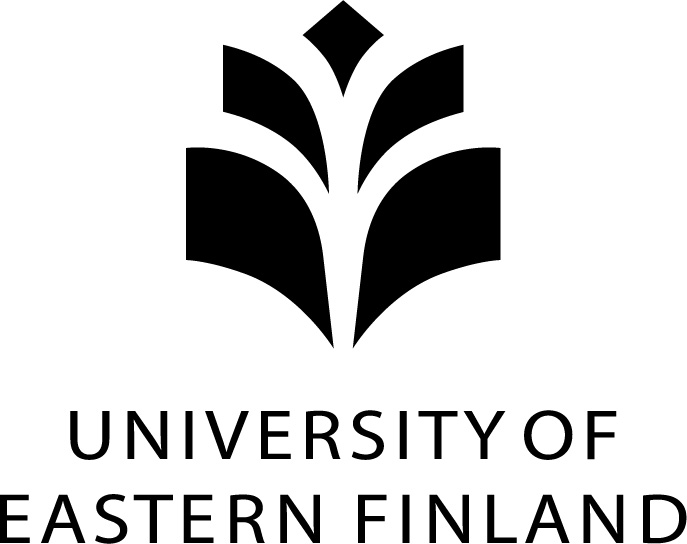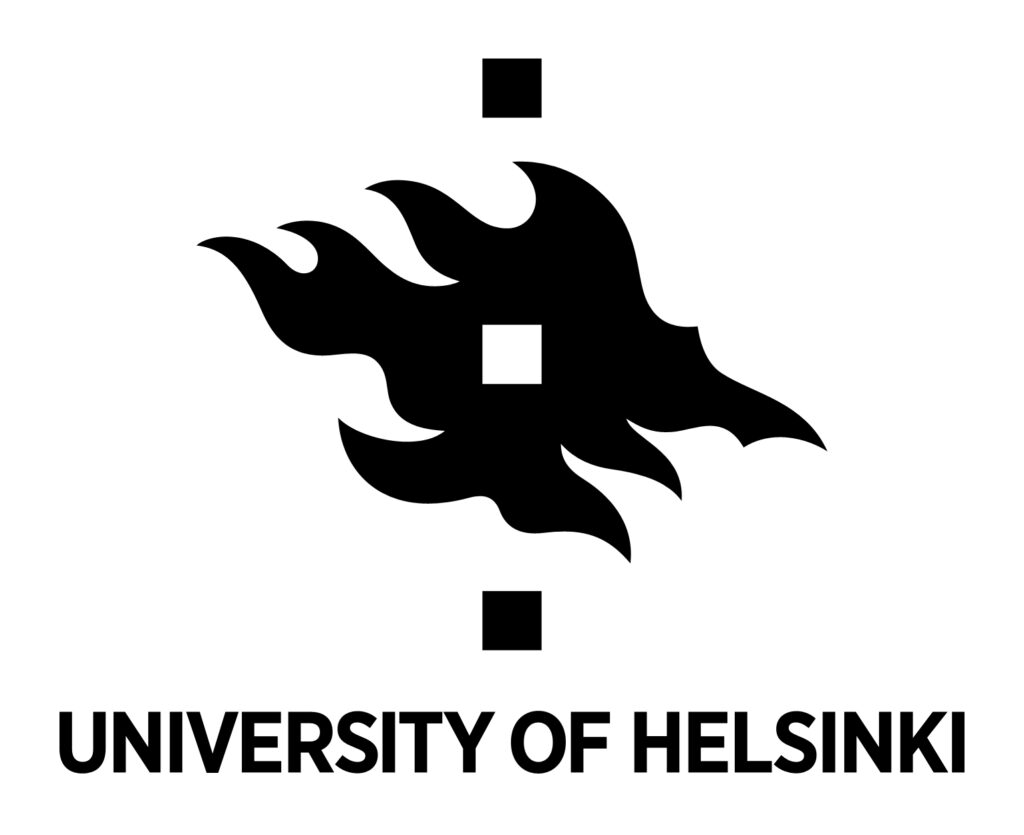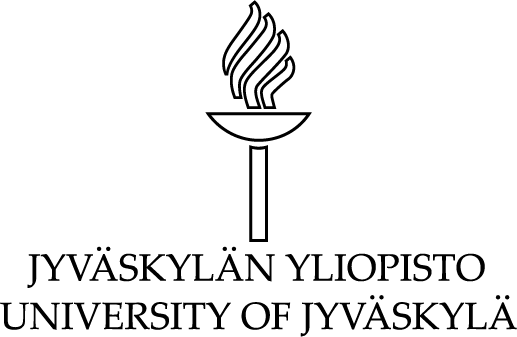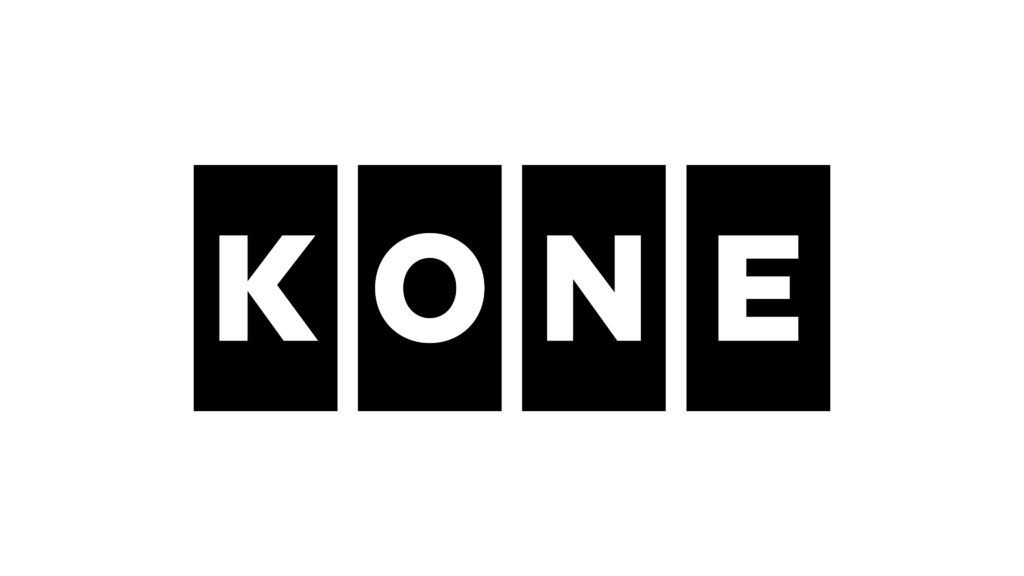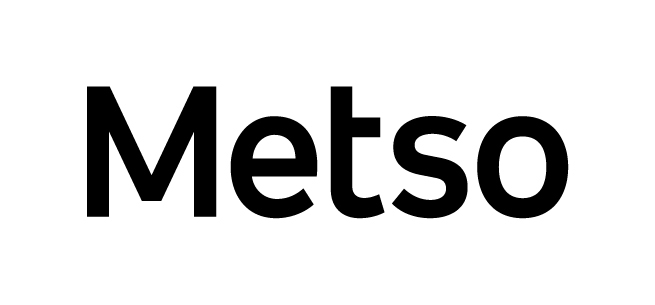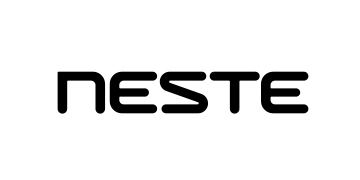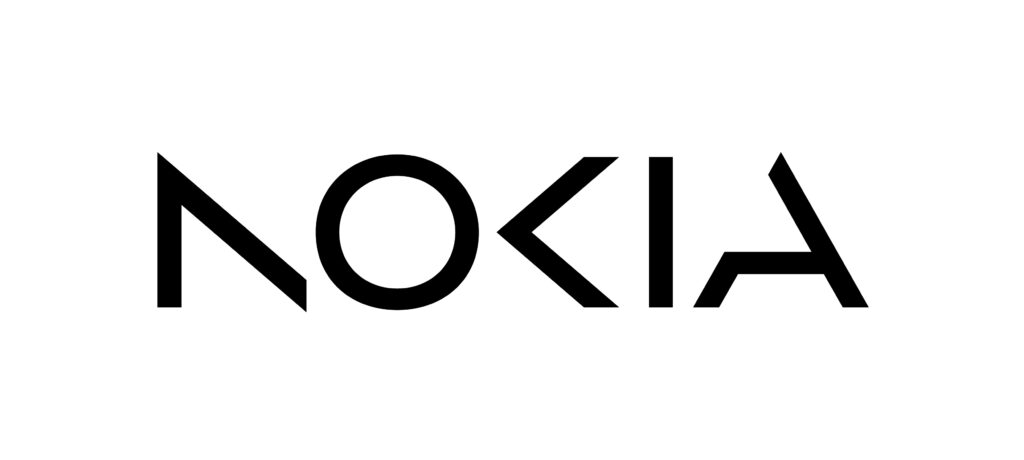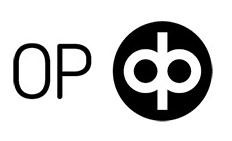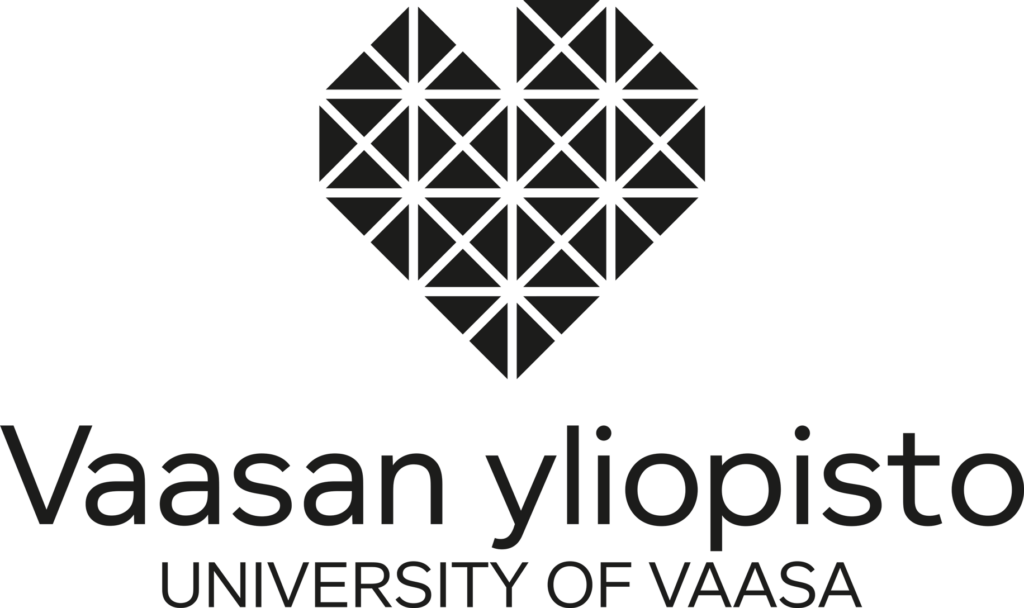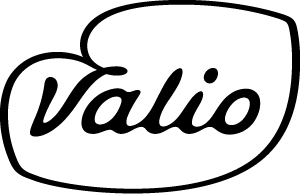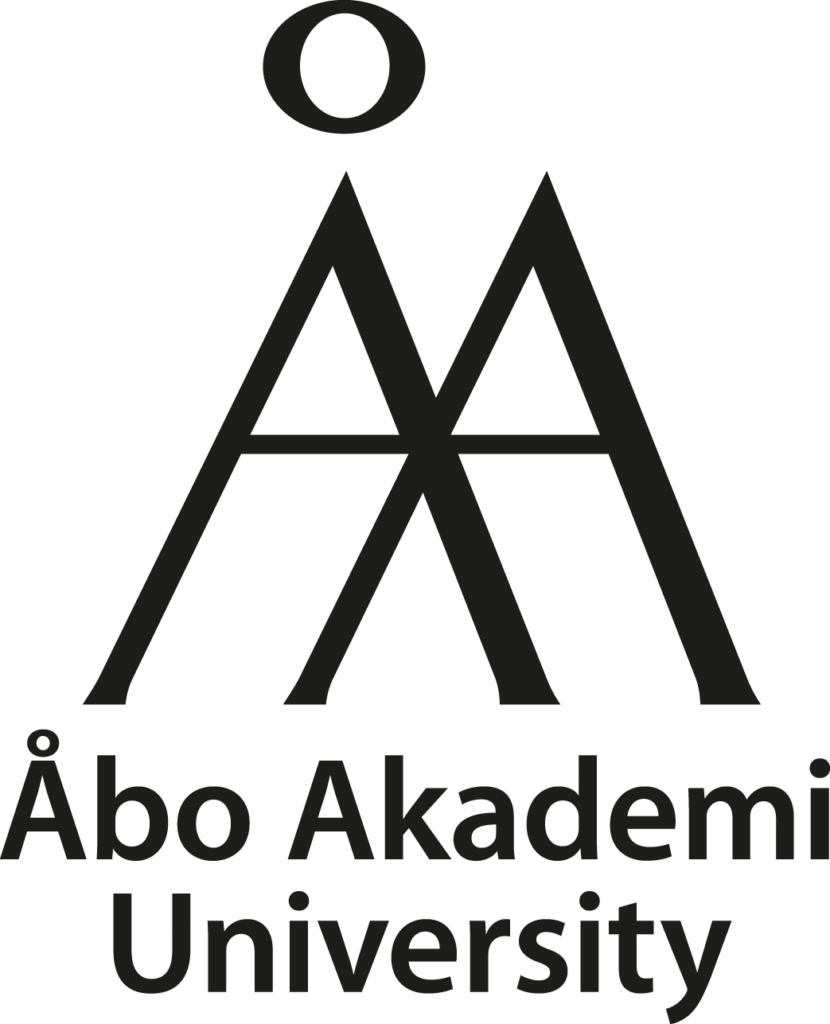How to spot the innovations that will shape the future: a discussion with Vinod Khosla and Inka Mero
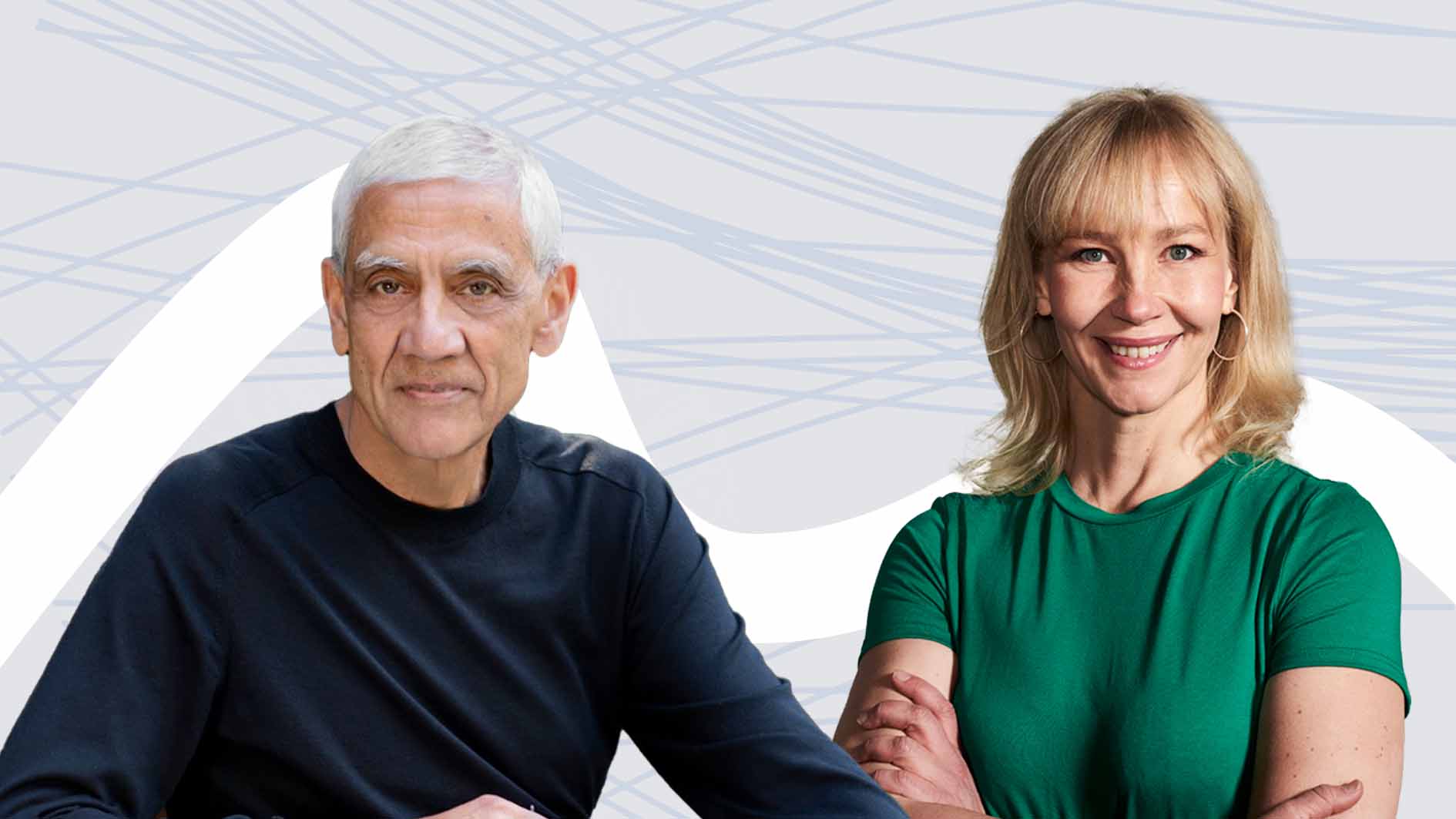
In the innovation landscape, there is a crucial distinction between innovations that merely generate revenue and those that have the power to reshape the world as we know it. We spoke to seasoned investors Vinod Khosla and Inka Mero and asked how to recognise the innovations that have the potential to create a lasting and meaningful impact on society.
Elon Musk is often referred to as the inventor of electric cars – but this isn’t accurate. Electric cars existed long before Musk and his company, Tesla. In 1972, the German car manufacturer Volkswagen developed its first fully electric car, known as the Elektro Transporter. It had a range of 43.5 miles and could fully charge in just 10 hours using a standard household plug socket. Within a few years, twenty Elektro Transporters were sold to the public. Some years later, in the 1990s, General Motors introduced the EV1, and Toyota launched the Prius hybrid.
Nevertheless, these electric car innovations didn’t gain widespread popularity or ignite a movement – nor did they persuade people to transition from their fossil-fuel-powered vehicles to electric cars. So, in 2012, why did Tesla prove itself to be a transformative technology when it launched the Model S?
Vinod Khosla, entrepreneur, investor and founder of Khosla Ventures, believes all transformative technologies are the result of various factors. Timing certainly plays a role, as does the political climate. However, transformative innovations also depend on the people behind them. Khosla calls Musk an instigator – someone who changes the world’s psychology by believing in the possibility of something and inspiring others to believe in it too.
“People are not limited by what they can do but what they think they can do.”
Vinod Khosla
Similar instigators could include Pat Brown, founder of Impossible Foods, who believed plant-based meat alternatives would shape the future of food, and Bob Mumgaard, the CEO and co-founder of Commonwealth Fusion Systems, who is paving the way for a future with clean, unlimited fusion energy.
Khosla is well-known as a mentor to entrepreneurs who dare to tackle seemingly impossible challenges and aim to solve society’s most pressing problems. He actively seeks out these instigators when searching for transformative technologies – individuals who make predictions that others might deem foolish or naive.
“People are not limited by what they can do but what they think they can do,” says Khosla.
There have been times when people thought Khosla was silly for investing in ideas that didn’t sound feasible in that moment. For example, when he invested in ChatGPT five years ago, some people told him it wasn’t a great investment because OpenAI was a non-profit.
“I believed that financial structures didn’t matter if this technology will help AI to take off and gain widespread acceptance.”
“Without a multitude of people interested in the same idea at the same time, we won’t discover transformative technologies.”
Vinod Khosla
Khosla further emphasises that an instigator doesn’t always create the technology that ultimately scales and transforms the world. Sometimes, the timing isn’t right, or there are shortcomings that prevent it from inspiring a movement. It’s not solely about the technology; it’s about changing perceptions.
Khosla concludes, “Even if Bob Mumgaard fails to scale fusion energy and someone else succeeds, I would still credit him with making the change possible. Because of individuals like him, there are multiple companies working on this technology and an increasing number of students pursuing PhDs in fusion energy. Without a multitude of people interested in the same idea at the same time, we won’t discover transformative technologies.”
Transformative technologies create a fear of missing out in their industry
Investor Inka Mero believes the next transformative innovations might emerge from climate or healthcare technologies. She is the founder and managing partner of Voima Ventures, a venture capital company that specialises in innovations with a strong scientific and academic foundation. These are typically classified as deep tech innovations.
When asked what she personally keeps an eye out for, she mentions companies that are trying to create non-invasive methods to prevent and manage type 2 diabetes, as well as those creating scalable solutions to address the rising mental health epidemic.
“The teams need to be able to scale the science in a way that sets it apart from other technologies in the field.”
Inka Mero
Based in the Nordics, Voima Ventures works in close cooperation with 28 universities with the aim of identifying science that could have commercial potential.
“Science alone is not enough. The teams need to be able to scale the science in a way that sets it apart from other technologies in the field. To be a game-changer, you need to create added value that your customers can’t obtain from their current suppliers.”
Like Khosla, Mero believes in companies that are able to start a movement. She thinks a good indicator of transformation is when a company can create a fear of missing out in its industry. This fear often compels even established players to join the movement.
Tesla was successful in convincing car manufacturers to take the transition to electric vehicles seriously and speed up their electric car innovations. The Swedish oat milk company Oatly transformed the market for plant-based milk alternatives and prompted traditional dairy producers to follow suit.

“Sceptics never do the impossible”
Mero says that the field of deep tech has grown tremendously in the time she has been involved in it. However, she believes that Europe is still lagging behind the United States in terms of commercialising scientific innovations.
“I would like to see universities being more active in matchmaking the best research teams with the best entrepreneurial teams. This is something that is done effectively in universities such as MIT (the Massachusetts Institute of Technology), but it’s not common in Europe.”
“I would like to see universities being more active in matchmaking the best research teams with the best entrepreneurial teams.”
Inka Mero
Vinod Khosla, who is based in the United States, believes there is a difference in innovation mentality between the two continents.
“In the United States, entrepreneurs are treated like the messiah; it’s an honorary role that everyone aspires to hold. There is also more optimism and belief in the impossible.” He argues that scepticism is the greatest obstacle to transformative thinking.
“Sceptics never do the impossible,” he says.
“I often encourage people to just survive long enough to eventually get lucky.”
Vinod Khosla
Khosla underscores the importance of role models and stories of individuals who have succeeded in attempting the impossible to encourage innovators to pursue seemingly unfeasible things. Persistence is essential to success in the field of innovation.
“These people are trying to change the world. They will run into sceptics and they have to persist through ridicule. I often encourage people to just survive long enough to eventually get lucky.”
Get to know the winners of the Millennium Technology Prize who have changed the world with their innovations.
Five things that Inka Mero encourages science innovators to focus on to create real transformation:
- Understand that building a company is different from conducting research. It requires additional expertise. You need a high-calibre team and, alongside research, industry and commercial knowledge must be quickly integrated.
- Demonstrate that the innovation is a must-have – not a nice-to-have. It must bring significant economies of scale, solve something new and exciting and perform markedly better and more cost-effectively than alternatives.
- Confirm that demand exists. You need to go where the demand is highest, often meaning stepping out of your familiar environment into larger markets. It must be clear where and how to do this. The team must understand the market and the competitive landscape.
- Show what the journey to success looks like and how you are planning to finance that journey. Be clear about how capital-intensive the innovation is and what the capital requirements are in relation to value creation.
- Define the first early adopters outside of the research community. Consider reputable scientific advisors and industrial advisors who will validate and lend their credibility to the product.




